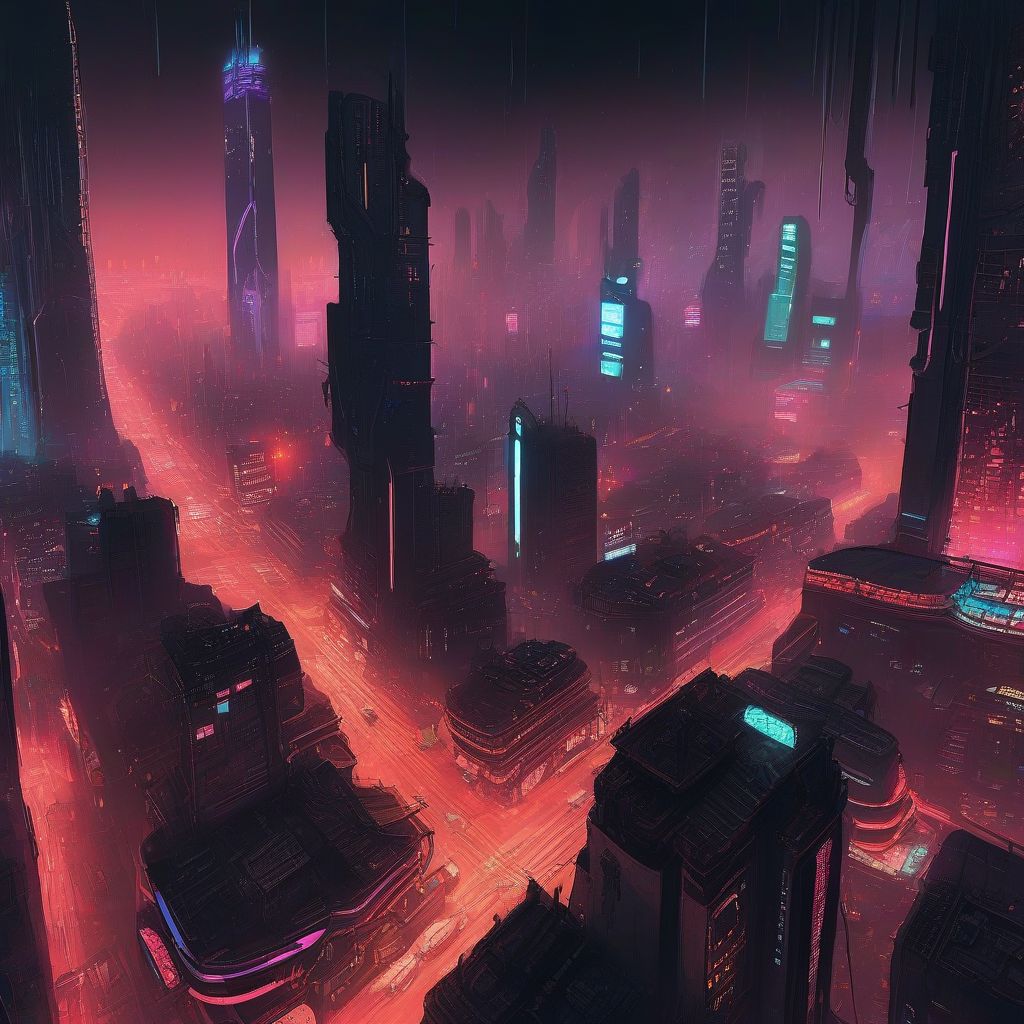Imagine a world where technology bends reality, where humanity ventures beyond the stars, and the impossible becomes possible. This is the realm of science fiction, a genre that ignites our imagination and challenges our perceptions of what’s real. But how do filmmakers transport us to these extraordinary worlds? The answer lies in the powerful synergy between direction and production design.
Creating Believable Worlds: The Foundation of Science Fiction
Science fiction, unlike any other genre, hinges on the believability of its settings. Whether it’s a dystopian future or a distant galaxy, the audience needs to feel grounded in the world presented to them. This is where production design becomes paramount.
Production Design: Building the Unreal
Production designers are the architects of these fictional worlds. They transform scripts into tangible environments, meticulously crafting every detail, from the architecture and technology to the costumes and props.
Take, for example, the iconic futuristic cityscape of “Blade Runner.” The production design, a blend of film noir and cyberpunk aesthetics, immerses us in a dystopian Los Angeles teeming with neon lights, towering skyscrapers, and a palpable sense of decay. This meticulously crafted environment isn’t just a backdrop; it’s a character in itself, shaping the film’s mood and narrative.
 Blade Runner Cityscape
Blade Runner Cityscape
Similarly, the desolate Martian landscapes in “The Martian” feel incredibly real thanks to meticulous production design. The filmmakers used actual desert locations and innovative filming techniques to create a sense of isolation and the unforgiving nature of the Red Planet.
Directing the Vision: Breathing Life into the World
While production design lays the foundation, it’s the director who breathes life into these constructed worlds. They guide the actors, set the tone, and ensure every element on screen serves the story.
Consider Denis Villeneuve’s direction in “Arrival.” The film, which centers on communication with extraterrestrial beings, uses minimalist production design to create an atmosphere of tension and awe. Villeneuve’s masterful direction, with its slow pacing and focus on emotional nuance, enhances the impact of the film’s thought-provoking themes.
Beyond Spectacle: Direction and Design in Service of Story
It’s important to note that impressive visuals alone don’t make a great science fiction film. The most effective uses of direction and production design are those that serve the story and its themes.
Reflecting Humanity: Themes and Symbolism
Science fiction often explores profound questions about humanity, technology, and our place in the universe. Direction and production design play a vital role in conveying these complex themes.
In “Children of Men,” a film set in a dystopian future where infertility threatens humanity, director Alfonso Cuarón uses long, unbroken takes and handheld camerawork to create a sense of immediacy and realism. This stylistic choice, combined with gritty production design, underscores the film’s themes of hope and despair.
Character Development: Environments as Mirrors
Production design can also reveal facets of a character’s personality and journey. In “Ex Machina,” the sleek, minimalist design of Nathan’s secluded home reflects his cold, calculating nature, while the organic textures of Ava’s room hint at her burgeoning humanity. This interplay between character and environment adds depth and complexity to the narrative.
The Evolution of Science Fiction: Pushing Boundaries
The role of direction and production design in science fiction continues to evolve alongside technological advancements. CGI and visual effects offer filmmakers unprecedented tools to create breathtaking worlds and creatures.
The Power of Practical Effects
While CGI dominates modern filmmaking, practical effects still hold a unique power in science fiction. The tangible nature of practical effects, such as miniatures, make-up, and animatronics, can ground the fantastical and create a sense of realism that’s often lacking in purely digital creations.
A prime example is the original “Star Wars” trilogy. George Lucas’s groundbreaking use of practical effects, from the iconic Millennium Falcon to the menacing Darth Vader, continues to captivate audiences decades later.
CGI: Expanding Creative Possibilities
CGI allows filmmakers to portray the previously unimaginable, pushing the boundaries of storytelling in science fiction. We see this in films like “Interstellar,” which depicts the awe-inspiring beauty and vastness of space with stunning realism, and “Avatar,” which transports us to the vibrant, bioluminescent world of Pandora.
Conclusion: The Enduring Power of Imagination
Ultimately, the success of a science fiction film lies in its ability to transport audiences to new and exciting worlds. Direction and production design, working in harmony, are the keys to unlocking this sense of wonder and possibility.
As technology continues to advance, we can only imagine the incredible worlds that filmmakers will create, pushing the boundaries of our imagination and reminding us of the boundless power of storytelling.
What are your favorite examples of direction and production design in science fiction films? Share your thoughts in the comments below!
[amazon bestseller=”science fiction film”]
